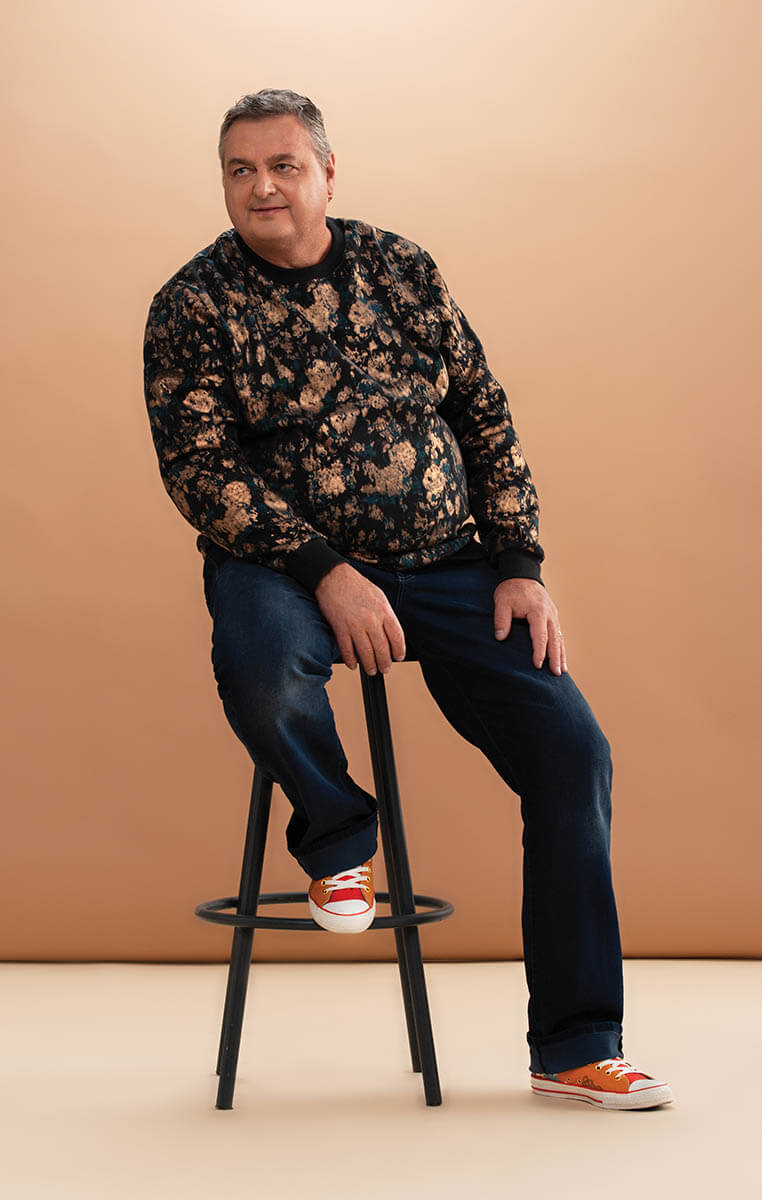A person can only make so many snowflakes.
That was the case for Slavo Cech. As a teen, he got a job working for a company that made Christmas decorations for corporate clients. After some time at NAIT, he decided to start his own Christmas-decoration company.
But what he wanted most was to take what he knew about metal work and make art. More than three decades later, Cech is an internationally recognized sculptor. He’s represented at galleries in Montreal and in England. He has sold art to collectors as far away as Dubai. And he’s doing it out of the same south-side Edmonton studio, with “Slavo” spray-painted above the door, as he was 30 years ago.
“I never wake up and think, ‘crap, I’ve got to go to work,’” Cech says.
But Cech went from “respected artist” to “online phenomenon” during the early days of the pandemic. He began hiding pieces in the river valley, and left clues on where they could be found via social media. These “art hunts” became safe ways for families to go out, get some fresh air and have fun.
The person who found the art, got the art. And, it exploded over social media, with people sharing stories about their hunts. Unsuccessful hunters went online to help other hunters, telling the world what places had already been searched.
“It is weird how social media has such an impact, in terms of putting you out in the public and creating little things that resonate with the public, and it snowballs from there,” says Cech, who is a “very” distant relative of recently retired international soccer star, Petr Cech. “But it is as much fun for me as it is for the people looking for it. I like exploring parts of the river valley, too. And I’ve never hidden a piece in the same place. I’m always scouting new locations for future hunts.”
During a very stressful time, a community formed — all in celebration of art, and of getting out into nature. Since so much of Cech’s work is inspired by what he sees in nature, it was a perfect fit.
